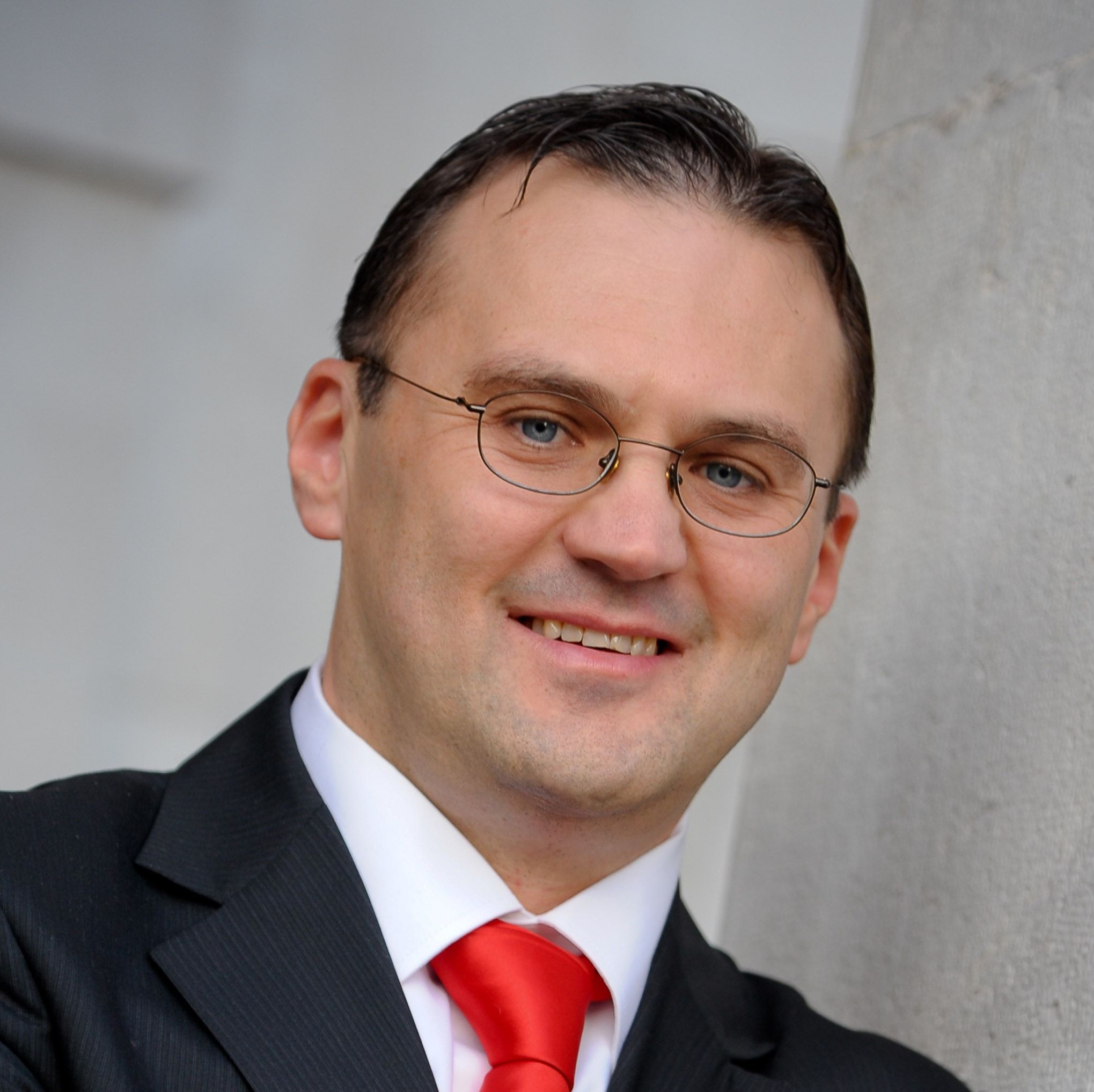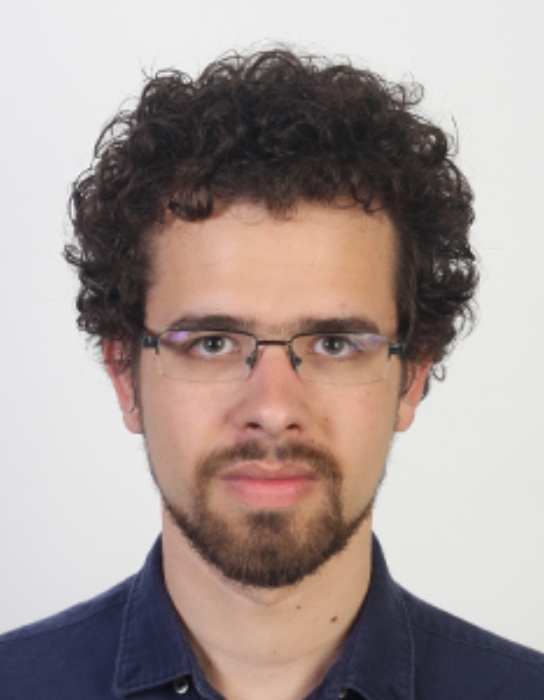Odjel za antene i širenje elektromagnetskih valova
Hrvatska sekcija IEEE, Odjel za teoriju i primjenu mikrovalova (MTT), Odjel za antene i širenje elektromagnetskih valova (APS), Združeni odjel AES i GRSS, Odjel komunikacijskih sustava HATZ te Zavod za radiokomunikacije Fakulteta elektrotehnike i računarstva pozivaju vas niz predavanja koja će se održati u petak 18. listopada 2013. u Bijeloj vijećnici kongresnog centra FER-a.
09:15 Jan Machac: "Introduction to IEEE and MTT Society"
10:00 Anita Simic: "Refining Vegetation Parameters for Monitoring Natural Resources under Different Natural and Human-Induced Scenarios using Remote Sensing Imagery"
11:00 Jan Machac: "Understanding the Process of Writing Papers for MTT-S Publications" (lecture by George Ponchak)
12:00 - stanka -
13:00 Pavel Belov: "Hyperbolic metamaterials: Fundamentals and Applications" (by P. Belov, A. Poddubniy, I. Iorsh, Y. Kivshar)
14:00 Zbynek Raida "Let’s ramp up the research: European funds at our fingertips"
Sažetke predavanja i životopise predavača pročitajte u nastavku obavijesti.
Jan Macháč
Graduated at the Faculty of Electrical Eng., Czech Technical University in Prague in 1977.
Received his CSc. (Ph.D. equivalent) in electronics in 1982 at the Institution of Radioengineering and Electronics, Czechoslovak Academy of Science in Prague. Has been at the Department of Electromagnetic Field, Faculty of Electrical Engineering, Czech Technical University in Prague since 1984, where he was appointed as Professor of electrical engineering in 2009.
His main scientific interests are: investigation of planar passive elements and subsystems of microwave technology, planar antennas, planar microwave filters, propagation of electromagnetic waves in periodic structures, metamaterials. Prof. Macháč is an author or co-author of more than 200 publications in scientific journals and scientific international and national conferences.
Membership:
MTT-S Region 8 Coordinator
Member of the IEEE MTT-S Int. Microwave Symp. TPRC, since 2008.
Member of the TPC of the European Microwave Conference, 1995-1997, and 2013.
Secretary of the 26th European Microwave Conference, 1996.
Member of the TPC of the URSI International Symposium on Electromagnetic Theory, 2004.
Reviewer of: IEEE Transactions on Microwave Theory and Techn., IEEE Microwave and Wireless Components Letters, Electronics Letters, IET Microwave Antennas & Propagation, Radio Science, European Microwave Conference, and other conferences.
Introduction to IEEE and MTT Society
This short presentation introduces IEEE and its Microwave Theory and Techniques Society and informs about some of activities.
Understanding the Process of Writing Papers for MTT-S Publications (Lecture by George Ponchak, presented by J. Machac)
The lecture gives the overview of the basic rules how to write papers for the Journals published by MTT Society.
Note the main reasons for rejection of reviewed papers:
1. Paper is very similar to another paper by the authors that was not referenced.
2. Idea not novel or it is an obvious, incremental variation over prior art.
3. Results are not state of the art.
4. Unsupported claims made in the paper.
5. Method or circuit are not fully explained.
6. Measured results not presented.
7. Poor grammar or use of English.
Most reviewers look for reasons to reject a paper, not to accept it. Do not give them easy reasons.
Anita Simic
Received her H.B.Sc., M.Sc., and Ph.D. degrees in environmental science and remote sensing from the University of Toronto, Canada, in 1998, 2002, and 2009, respectively. She is currently working under contract to G-Eco Research, Toronto, and as an Assistant Professor at Bowling Green State University, Ohio. Dr. Simic was working as a Sessional Lecturer at the University of Toronto, Ryerson University in Toronto and Wuhan University from 2005 until recently, and as a Senior Instructor at the University of Victoria in 2012. Prior to her doctoral degree, she was a professional consultant and project manager in an environmental engineering firm. She also worked at the Canada Centre for Remote Sensing (CCRS) for several years and at INRA, France for a year. Her research is in the field of remote sensing applications in vegetation science, bioenergy and hydrology with an expertise in applications of multi-angle hyperspectral imagery. She is a principal investigator and co-investigator of several projects and author of scientific journal and conference publications.
Dr. Simic has been involved in the IEEE GRS Society since 2002. She served as a Guest Editor for IEEE Journal of Selected Topics in Applied Earth Observations and Remote Sensing (JSTARS) in 2012. Presently, she serves as a Guest Editor for Pattern Recognition in Physics (PRP). She is a Chair of the IEEE GRSS Summer School in Quebec City (IGARSS’14). She has been serving as a technical reviewer for various remote sensing and hydrological journals, and she is an active campaigner for rights of women and young professionals in science and engineering.
Refining Vegetation Parameters for Monitoring Natural Resources under Different Natural and Human-Induced Scenarios using Remote Sensing Imagery
Monitoring vegetation with the state of art remote sensing technology is becoming increasingly utilized in fields such as hydrology, hydrogeology, bioenergy, agriculture, environmental science, and climatology. Climate and land cover changes impact groundwater resources primarily through changes in net surface recharge. Actual evapotranspiration and partitioning between runoff and groundwater infiltration govern changes in recharge to the aquifer. A large fraction of rain received by watersheds could be lost to evapotranspiration and thus, accurate estimates of regional evapotranspiration are crucial for assessment of groundwater availability. Recent studies involve mapping net primary productivity of large areas to understand the behavior of the boreal ecosystem and wetlands, which makes up a considerable portion of the global terrestrial carbon stock. Terrestrial biosphere dynamics plays an important role in global climate and remote sensing can provide crucial information. Remote sensing is becoming increasingly important in farming for two main reasons: sustainable agriculture and sustainable bioenergy. Although different in their purpose, agriculture and bioenergy farming has the same goal of increasing crop productivity. Agriculture production may have a major impact on water resources as it commonly requires intensive irrigation, resulting in loss and, ultimately, pollution of surface and ground water. Farming practices, which commonly utilize fertilizers, pesticides/herbicides, result in chemical pollution of soil and crop, as well as air and water. Remote sensing technology contributes to studies of land cover and change detection where comprehensive evaluation of environmental and human actions is attained. Commonly, the results are used to create and modify management and policy decision-making.
One of the main challenges for the remote sensing community is to accurately estimate biophysical and biochemical vegetation parameters, which inevitably influence many other environmental parameters. Multi-angle optical measurements provide a means to characterize the anisotropy of surface reflectance, which has been shown to contain information on vegetation structural characteristics. Hyperspectral optical measurements, on the other hand, provide a fine spectral resolution at the red-edge, a narrow spectral range between the red and near infra-red spectra, which is particularly useful for retrieving chlorophyll content. A new refined measurement concept has been proposed in order to reduce the redundancy of hyperspectral data at more than one angle and to better retrieve the three-dimensional vegetation structural information by choosing the two most useful angles of measurements. The concept suggests combining multi-angle and hyperspectral remote sensing that employs hyperspectral signals only in the vertical (nadir) direction and multispectral measurements in two additional (off-nadir) directions within two spectral bands, red and near infra-red.
Pavel Belov
is a Head of the Metamaterials Laboratory at National Research University of Information Technologies, Mechanics and Optics, St. Petersburg, Russia http://phoi.ifmo.ru/metamaterials/. He holds Ph.D. (2003) and D.Sc. (2010) degrees in optics and radiophysics from the same university, while his Ph.D. (2006) in radioengineering and electromagnetics is from the Helsinki University of Technology. From 2007 to 2012 he was the EPSRC Advanced Research Fellow at Queen Mary University of London, UK. He was also working at Samsung Electronics Co. Ltd., Korea; Helsinki University of Technology, Finland and Robert Bosch GmbH, Russian R&D Center.
Pavel’s research interests include metamaterials, nanoantennas, plasmonic nanostructures, photonic crystals, antennas. He also studied bianisotropic materials for non-reflective shields at microwave frequencies, along with polarization transformers and frequency selective surfaces.
He has received 13 scholarships in support of his studies and more than 10 major research grants, including EPSRC Advanced Research Fellowship and the Grant of the President of the Russian Federation for governmental support of young scientists. He has been the recipient of several international awards and recognitions for his research studies including Premium of President of Russian Federation in science and innovation (2009), IET Achievement Award (IET, UK, 2006), International Dennis Gabor Award (Novofer foundation, Hungary, 2003) and URSI Young Scientist Award (Belgium, 2002).
Pavel has also co-authored more than 120 papers in scientific journals, 14 book chapters and more than 150 reports at international conferences. He has organized the Workshop on Metamaterials “Days on Diffraction” in St. Petersburg every year since 2006 and was the local chair of the 6th International Congress on Advanced Electromagnetic Materials in Microwaves and Optics in 2012.
Hyperbolic metamaterials: Fundamentals and Applications (Authors: Pavel Belov, Alexander Poddubniy, Ivan Iorsh, Yuri Kivshar)
Electromagnetic metamaterials, artificial media created by structuring on the subwavelength scale, became a paradigm for engineering electromagnetic space and controlling propagation of light and waves. Such materials demonstrate many unusual properties not available in nature, and they can be employed for achieving novel functionalities of the emerging metadevices operating with light and waves. In the talk, we review one of the most unusual classes of such materials that possess hyperbolic dispersion described by the electric tensors with the components of the opposite sign. Distinct properties of such meta-anisotropic materials include giant enhancement of spontaneous emission, diverging density of states, peculiar properties of negative refraction, and superlensing effects. Different realizations of hyperbolic media based on use of arrays of metallic nanorods, layered metal-dielectric nanostructures and even multilayered graphene are discussed.
Zbynek Raida
(* 1967 in Opava) has graduated at Brno University of Technology (BUT), Faculty of Electrical Engineering and Communication (FEEC). Since 1993, he has been with the Dept. of Radio Electronics, FEEC BUT. In 1996 and 1997, he occupied the position of independent researcher at Laboratoire de Hyperfrequences, Universite Catholique de Louvain, Belgium, working on variational methods for numerical analysis of electromagnetic structures.
Zbynek Raida and his team have been researching methods of numerical modeling and optimization of electromagnetic structures, ways of application of artificial neural networks to solving electromagnetic compatibility issues, and advanced approaches to the design of special antennas.
From 2002 to 2006, Zbynek Raida occupied the position of the vice-dean for research. From 2006 to 2013, he headed Department of Radio Electronics. Since 2010, he has managed the SIX Research Center.
Zbynek Raida is Senior Member of IEEE. He is active in Antennas and Propagation Society, Microwave Theory and Techniques Society, Computational Intelligence Society, and Signal Processing Society.
Let’s ramp up the research: European funds at our fingertips
Brno University of Technology is located in a region with the gross domestic product lower than 75% of EU average. This has qualified Brno University to apply for the support from structural funds. In their frame, the Czech government launched the operational program Research and Development for Innovation to initiate establishment of research centers aimed to support innovation in local companies.
In 2008, we started to prepare a concept of the SIX Research Center which has been assumed to provide applied research in the area of Sensor, Information and Communication Systems. In July 2010, the Ministry of Education approved the subsidy in the amount of EUR 12 million to develop the SIX Center. In December 2013, the development of the SIX Center is going to be finished.
In the talk, we will describe both the positive and the negative experience with the development of the SIX Center. We will describe difficulties with the integration of the SIX Center to the structure of the university. We will discuss questions of sustainability, financing and further development of the SIX Center. We will show results we are proud on, and we will ask for your cooperation.
And why the talk is going to be given? Do not repeat our mistakes :-)


